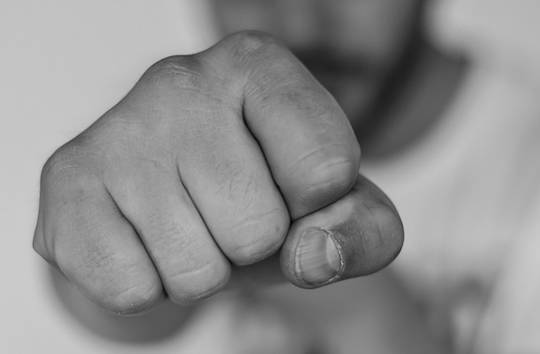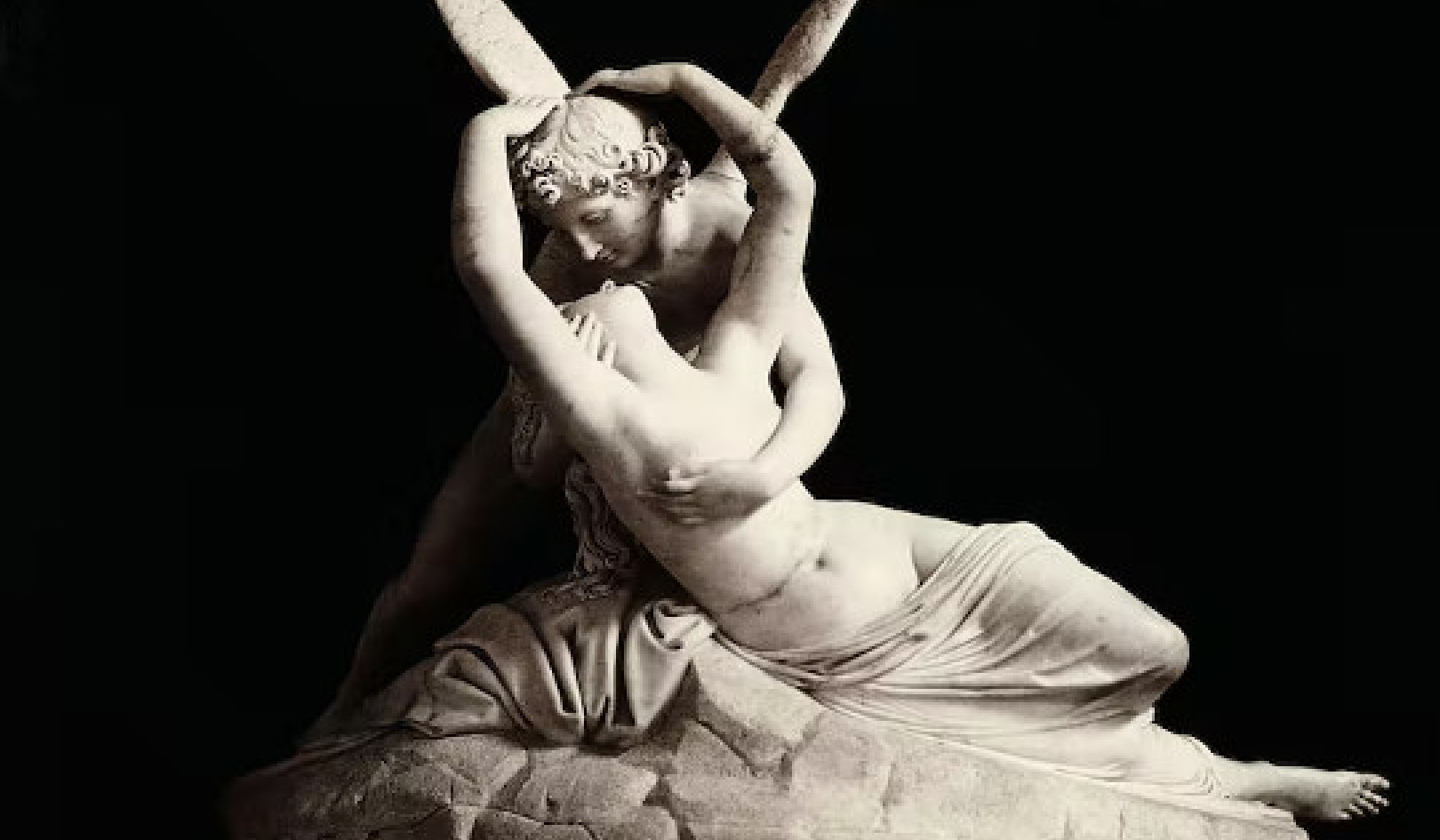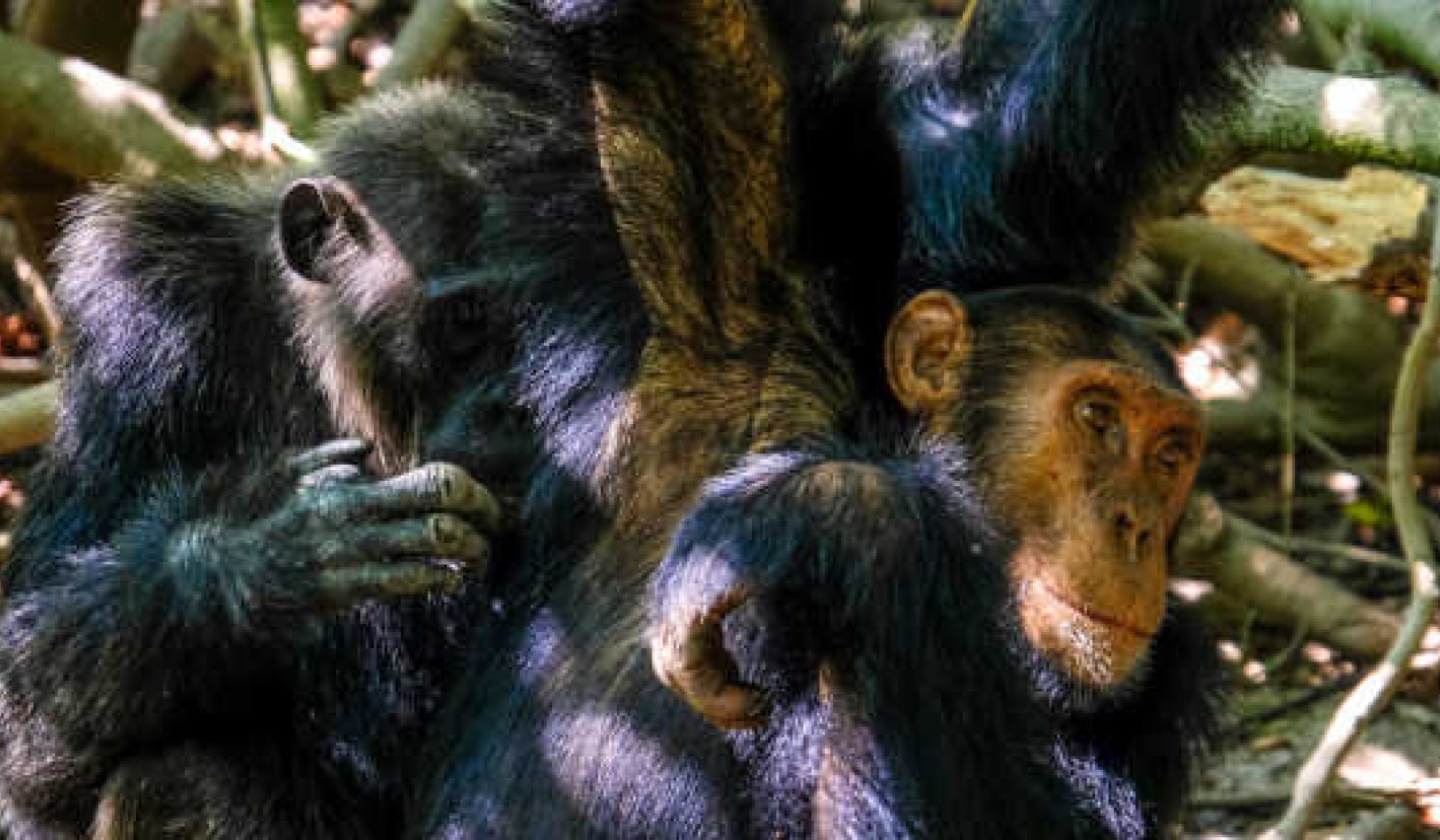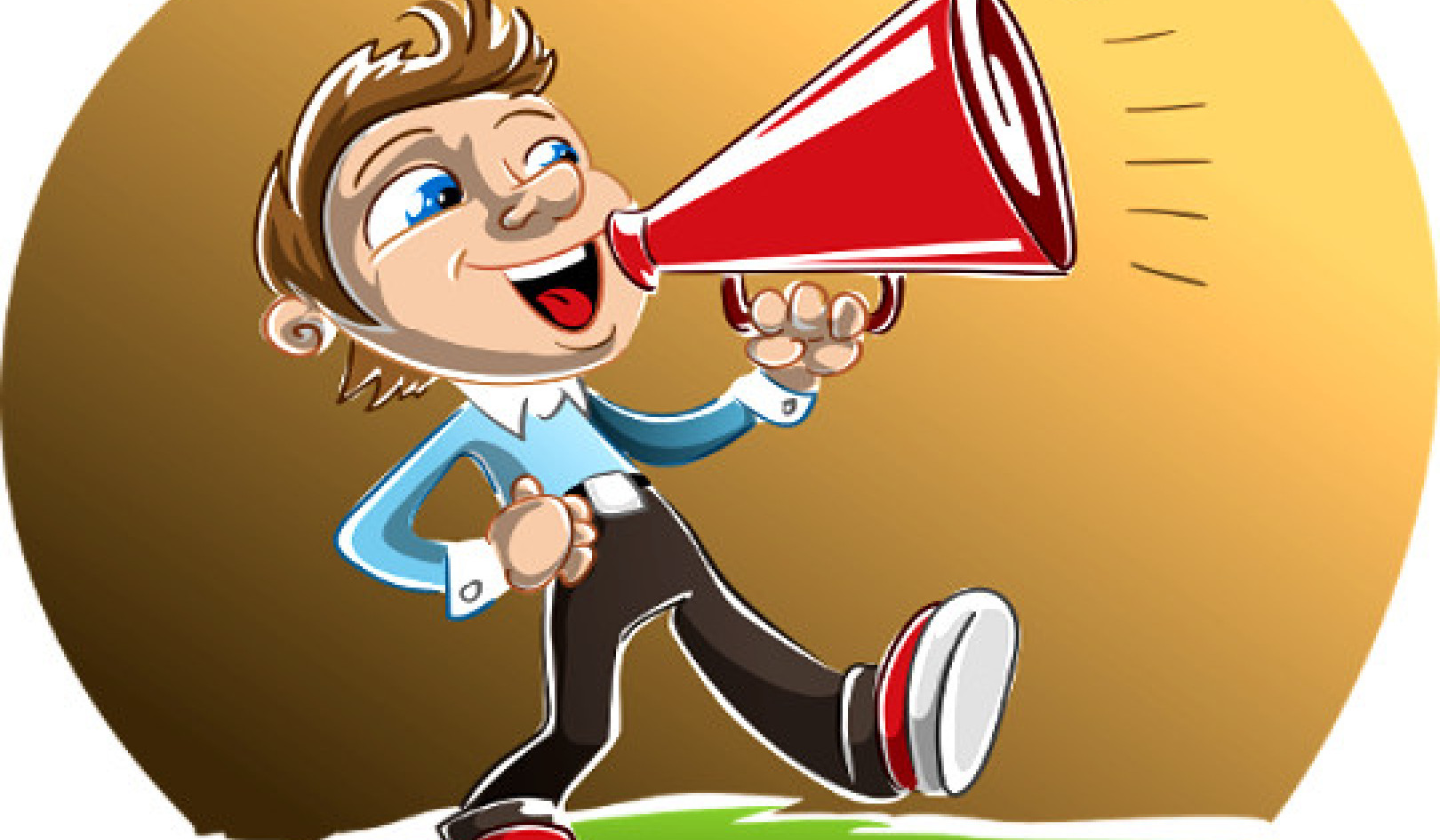
Image by Tom und Nicki Löschner
Many people think of relationships as being primarily between people or between living things. Yet we’re also talking about relationships between people and ideas, between people and organizations, between ideas and beliefs—the list can go on and on.
“Relationship” can be defined as “a state of connectedness between two or more energies through a physical or a non-physical space.” Everything exists or happens in relationship to something else. Nothing exists or happens in isolation.
The first principle tells us that everything is energy in motion. Therefore, the relationship space is also energy in motion. It’s the moving energy within a relationship space that creates the matrix and ties everything together. When the energy shifts in the relationship space, the energy within everything that is connected through that relationship also changes. The relationship space is most often where transformational work happens and where the greatest insights are found.
The Four Levels of Engagement
We begin working with this third principle (Principle #3—The world is built on a matrix of relationships) through a model called the Four Levels of Engagement that I first introduced in my book, Create A World That Works. The purpose of this model is to help you and those you serve make clear choices about how you/they relate to events and situations in daily life.
How we engage with the people and situations in our lives influences the energy of our relationships with them. And we know from the Participant-Observer Principle of quantum physics that how we engage with the energy—how we show up and the presence that we bring to the circumstances and situations of our lives and work—has a significant influence on the quality of the energy itself and the form that emerges.
While we engage with life in many different ways, there are four basic levels from which we approach events and circumstances in our lives. I’ve named these levels:
1. Drama
2. Situation
3. Choice
4. Opportunity
These Four Levels of Engagement give us a structure for cutting to the essence or core of what is going on as quickly as possible. The simplicity of the model rapidly expands awareness of our relationship to what is happening.
On the surface, right out in front to capture everyone’s attention, is the Drama—the level of full-on emotional reaction to what is happening. This is the “oh-my-god-I-can’t-believe-this-is-happening-to-me!” level.
When We Live In Drama: Fires and Steam
When we live in Drama, we seem to constantly be “putting out fires.” A common first reaction is to look for someone or something else to blame. We take no personal responsibility for what is happening. Our reactive questions might include: Whose fault is this? Can you believe he did that? What were they thinking? Why is this happening to me?
For a very short time, being in the Drama can create an outlet to “blow off steam.” Sometimes we just need to tell the story in order to release our pent-up energy and emotions. A quick release can be helpful. However, when we find ourselves telling the story over and over again, the Drama has become a trap.
Drama tends to feed on itself and can quickly become a vicious circle, whether within an individual’s life, in a family, or in an organization or society. Therefore, the more we can stay out of Drama and drop down to the deeper levels, the better.
The Situation Level: Moving from Reaction to Quick Fix
Just below the Drama lies the Situation level. When we drop down into Situation, we have stepped past the “reaction” stage to analyzing what is going on and looking for a solution. At the Situation level, we’re looking for the facts—what actually happened.
The typical question here is, “How do we fix it?” And the feeling is often, “How do we fix it as quickly as possible so that nobody else knows that this happened?” We may not actually say those words out loud, but that’s often an unspoken desire and intention.
In Situation, the primary objective is often to make things OK again as quickly as we can, and to control how others perceive what has happened. It’s all about returning to “normal.” We are eager to move on and put the situation behind us.
Very little, if any, learning happens at the Drama and Situation levels. Most likely, we have just put a bandage on the situation or “swept it under the rug.” Therefore, a similar situation or challenge is likely to come up again because the real underlying issues—the messages that were trying to get our attention—were never acknowledged and addressed.
Unfortunately, in our society, the Situation level is often as far as we go. We have been well trained to either look for someone or something else to blame for what happened, or to be good “problem solvers.” We approach life from the perspective of, “Things happen to us and we just have to deal with them.” We are victims of our circumstances and seem to have no collective awareness that there might be another possibility.
The Choice Level Invites A Shift In Consciousness
However, if we are willing to go deeper, the third level of Choice invites a shift in consciousness. It’s as if we cross a threshold into another level of awareness. By “choice,” I’m not speaking about our choices of how to fix what is happening. This third level invites us to make clear choices about who we will be within the situation. It asks us to choose the role we will play and the attitude with which we will approach what is happening.
At the Choice level, we recognize that while we cannot control or choose our initial thought when something happens, we can choose our second thought. Our first thought often flashes without warning because we’re caught by surprise. However, we can learn to catch that first thought and redirect our focus in a way that can serve us. It is the intentional second thought that can usher us across the threshold into Choice.
At the Choice level, we learn to ask: Who do I choose to "be" here? Variations on that question might be: What role have I played in creating this situation, and what role am I playing right now? What role do I choose to play going forward? How do I choose to engage with this situation now?
This third level invites us to recognize that, although we may not be able to change our circumstance or situation right away, we can at least choose who we will be within that circumstance. And that’s a huge step forward. Now we are claiming responsibility for ourselves, for our choices, and for our actions. We are no longer victims. We are choosing how we will engage and co-create with life rather than allowing life to simply “happen” to us. From this place, we can start to create something new. The door is now open for transformation and sustainable change.
Opportunity: What Wants To Happen?
From Choice, we can easily drop down to the fourth level: Opportunity. At the Opportunity level, our first question is: What wants to happen? Now we’re getting to the true power within our situation. We acknowledge that this situation has happened for a reason, even if we don’t yet fully understand what that reason is. We trust that what has happened is trying to tell us something. It’s trying to give us a message.
In fact, there is usually a direct correlation between the Drama and the Opportunity levels: the bigger the drama, the greater the opportunity. The drama is a wake-up call alerting us that something wants to shift or transform.
Once we have identified the Opportunity, we look back to Choice, often with more clarity or insight about who we choose to be within this circumstance and what role we choose to play. And from the awareness that comes from Opportunity and Choice, we look back up to Situation and realize that our relationship to what is happening has shifted.
Four Levels of Engagement
|
Level |
Typical Questions
|
|
Drama: |
Whose fault is this? Who can I blame? Can you believe this happened to me/us? |
|
Situation: |
How can I/we fix it, and how quickly? |
|
Choice: |
Who do I/we choose to be here? What do I/we choose as my/our relationship to this situation? |
|
Opportunity: |
What’s the opportunity here? What wants to happen? What is the gift that is trying to show itself? What is trying to shift? What breakthrough is trying to happen? |
Choosing To Focus On "What Wants To Be"
When we engage with life primarily from Drama and Situation, our focus tends to be on struggle and problem solving. It can feel like we’re just moving from one challenge or crisis to another. We live in reaction rather than response, giving our power away to something outside of us. As a result, we spin into a downward spiral of our circumstances.
However, when we engage with life primarily from Choice and Opportunity, we take our power back. Consciously choosing who we will be in relationship to our circumstances empowers us to break free from struggle and create new realities. We flow with the Opportunity or potential and transform “what is” into “what it wants to be.”
Leading and serving from Opportunity cuts to the essence or core of what is going on. Asking, “What wants to happen?” invites everyone involved to a higher level of awareness where learning and forward movement becomes possible. Living from Choice and Opportunity opens the door into much greater insight, awareness, and effective action.
Living and Leading From Choice and Opportunity
Learning to live and lead from the Choice and Opportunity levels starts with being focused and disciplined enough to step beyond the drama, and then courageous enough to name what is really happening deep at the core of the situation. It starts with being bold enough to choose who you will be within your situation and to make your first question: What’s the opportunity available now? Or simply: What wants to happen? In this way, you help those you serve engage from Choice and Opportunity as well. It’s what “Flow With” is all about.
Introducing the Four Levels of Engagement to your team or organization, and even to your family and friends, can be a simple yet very effective first step towards creating a transformational environment and culture. The Four Levels of Engagement is a simple yet powerful framework to help you quickly cut through to the core or essence of situations and circumstances. It can help you understand your situation more clearly and discover the hidden messages.
Transformational Presence comes out of listening and responding from Choice and Opportunity regardless of where others are. The more you engage life from Choice and Opportunity, the more those you serve will learn to live at these deeper levels of awareness, to approach their situations from Choice and Opportunity, and to radiate a more powerful presence in their lives and work.
The Three Fundamental Principles in the Four Levels of Engagement
Notice as well that our Three Fundamental Principles are all present in this Four Levels of Engagement framework. As we come into Choice and Opportunity, we begin treating what is happening more as energy rather than form (Principle #1). We recognize that “a problem is not something to be solved; it is a message to be listened to” (Principle #2). And as we shift our relationship to what is happening, we see and understand more clearly how to move forward (Principle #3: The world is built on a matrix of relationships).
In addition, our Three Fundamental Questions are also present as we come from Opportunity back up through Choice to have a new perspective on the Situation.
Clarifying the Opportunity becomes Question #1: What wants to happen?
From that awareness, we come back up into Choice for Question #2: Who is that asking me/us to be?
And then we look back to Situation to ask Question #3: What is that asking me/us to do?
~ ~ ~
If the concepts presented in this chapter were familiar to you already, hopefully this has deepened your understanding or awareness in some way. Or perhaps it has given you some practical ways to talk about these concepts with those you serve.
If these concepts and this way of thinking are new for you, take your time here. Keep coming back to his chapter and read from your heart intelligence. Let these concepts sink in. The following chapter, as well as the practical application tools in the Frameworksbook and at TransformationalPresenceBook.com, will continue to bring these concepts to life.
©2017 by Alan Seale. All Rights Reserved.
Reprinted with permission of the author and
The Center for Transformational Presence.
Article Source
Transformational Presence: How To Make a Difference In a Rapidly Changing World
by Alan Seale. Transformational Presence is an essential guide for: Visionaries who want to move beyond their vision into action; Leaders who are navigating the unknown and pioneering new territory; Individuals and Organizations committed to living into their greatest potential; Coaches, Mentors, and Educators supporting the greatest potential in others; Public servants committed to making a difference; and Anyone who wants to help create a world that works. New World, New Rules, New Approaches.
Transformational Presence is an essential guide for: Visionaries who want to move beyond their vision into action; Leaders who are navigating the unknown and pioneering new territory; Individuals and Organizations committed to living into their greatest potential; Coaches, Mentors, and Educators supporting the greatest potential in others; Public servants committed to making a difference; and Anyone who wants to help create a world that works. New World, New Rules, New Approaches.
Click here for more info and/or to order this book on Amazon. Also available in Kindle format.
About the Author
 Alan Seale is an award-winning author, inspirational speaker, transformation catalyst, and founder and director of the Center for Transformational Presence. He is the creator of the Transformational Presence Leadership and Coach Training program which now has graduates from more than 35 countries. His books include Intuitive Living, Soul Mission * Life Vision, The Manifestation Wheel, The Power of Your Presence, Create a World That Works, and most recently, his two-book set, Transformational Presence: How To Make a Difference In a Rapidly Changing World. His books are currently published in English, Dutch, French, Russian, Norwegian, Romanian, and soon in Polish. Alan currently serves clients from six continents and maintains a full teaching and lecture schedule throughout the Americas and Europe. Visit his website at http://www.transformationalpresence.org/
Alan Seale is an award-winning author, inspirational speaker, transformation catalyst, and founder and director of the Center for Transformational Presence. He is the creator of the Transformational Presence Leadership and Coach Training program which now has graduates from more than 35 countries. His books include Intuitive Living, Soul Mission * Life Vision, The Manifestation Wheel, The Power of Your Presence, Create a World That Works, and most recently, his two-book set, Transformational Presence: How To Make a Difference In a Rapidly Changing World. His books are currently published in English, Dutch, French, Russian, Norwegian, Romanian, and soon in Polish. Alan currently serves clients from six continents and maintains a full teaching and lecture schedule throughout the Americas and Europe. Visit his website at http://www.transformationalpresence.org/




























